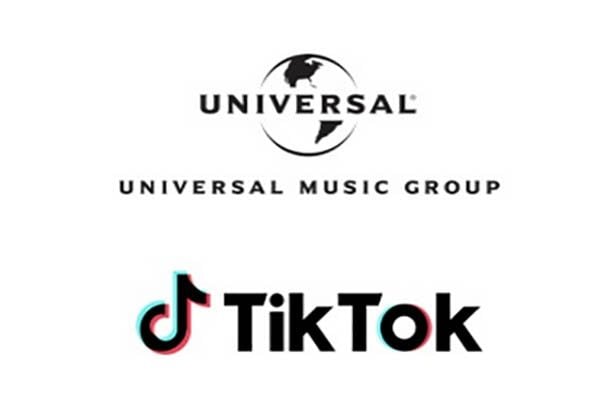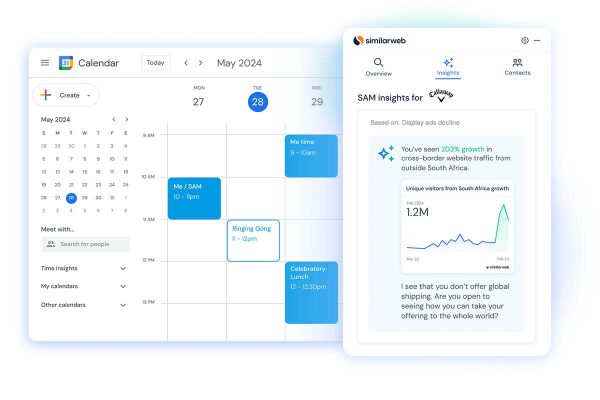Late last week ex-M&S boss Marc Bolland came out with it: M&S should quit fighting and look at how to work with Amazon. And he is right.
The bold – but obvious – claim came in an interview on BBC Radio 5 Live, where he put it bluntly: “For a lot of retailers, whilst they’ve put up a great fight, ultimately working with the likes of Amazon is probably a good way to tackle the digital space.”
When asked whether M&S should be working with Amazon, he added: “I don’t know what the dynamics of the business are today, but they’ve got to be looking seriously at it.”
As each week that goes by reveals familiar High Street brand after High Street brand closing stores or going under altogether, Bolland’s views should not come as a surprise. Retailers are struggling.
But while this smacks of “if you can’t beat them, join them”, there is something very different going on out there than just the over-simplified idea that Amazon is stealing all your customers.
Much of the High Street failures this year have come off the back of news that no one is shopping the High Street any more – and back when it was freezing cold and knee-deep in snow that was probably true.
However, as the weather has improved, UK shoppers have emerged from their caves and are on the High Street. Yet House of Fraser has closed 31 stores, M&S continues to under-perform and Debenhams is more than likely going to either go out of business or follow HoF and M&S into a swathe of closure.
The problem here isn’t so much that everyone now just shops at Amazon, but more that they don’t want to shop at M&S, HoF and the other perennials of the old retail world.
M&S is a good example. It relies on its food business to stay afloat – although Amazon is circling, Waitrose is making in-roads and the proposed tie-up between Asda and Sainsbury’s may see that too crumble – and has long been chided over not updating its fashion and apparel business. That, combined with a fusty image among many younger shoppers is really why it isn’t working as a business.
Sure a tie up with Amazon would give it – and all other established brands – a boost in terms of lower costs, better delivery and logistics options and more, but it won’t do anything to revamp the brand.
And this is the real nub of the problem. While retailers probably do need to either partner with Amazon or co-operate to take it on, many of the failing brands we see today in the High Street are failing not just because they don’t offer the tech or slick omni-channel experience, but because their brand is dead.
To revive these ailing brands, radical steps need to be taken. Investing in a website and all that is one thing. Tying up with Amazon would also be good. But let’s be radical here: retailers need a rethink.
The biggest lesson most can learn from Amazon is to add check-out free shopping in their stores. They also need to look at how to make the online experience as frictionless as possible too. Again, here Amazon has it down with one-click payments.
But what of the more radical approaches that can have a direct brand overhaul impact? Take or example last week’s launch of Instagram TV, the social media site’s long-form video offering to rival YouTube.
Many younger consumers already use Instagram as a place to shop and talk about shopping. Many older people are starting to do so too. The roll out of IGTV makes for a perfect opportunity for brands old and new to look at how to tap into new ways to do things.
Off the back of this retailers will find themselves selling through Instagram – effectively ‘partnering’ with it as a marketplace. Is getting into bed with Amazon so different?
The question is: is teaming up with Amazon et al sensible? Of course there are going to be issues with it, but not doing so could be the end for many businesses. It is always better to be in the tent trying to rearrange the furniture, than wandering around the campsite looking for your trousers – as any music festival fans will attest.
Image: Fotolia







